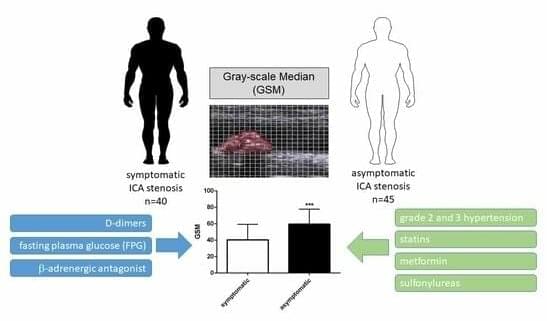The ubiquity of generative AI is a hard pill to swallow, but even harder is figuring out what’s AI and isn’t. It’s easier than ever now to reach for that low-hanging fruit of critique in saying that something looks like an AI spat it out, especially now that games are claiming they were, in fact, spat out entirely by AI. Positive Concept Games, the developer of SNES-esque RPG Shrine’s Legacy, found that out the hard way, as it shared in a post on X last Wednesday.
Please don’t do this. We poured years of our lives into this game and only worked with real human artists on everything: From the writing to the coding, all work was done by human hands. We do not endorse generative AI and will never use it. pic.twitter.com/3L7NKVX1L8 December 10, 2025
The dev shared a Steam review of the game that calls it “AI slop,” claims the “story is dogshit mixed with catshit,” and reiterates that the game was “made in CHAT GPT.” The developer caption reads: “Please don’t do this. We poured years of our lives into this game and only worked with real human artists on everything … We do not endorse generative AI and will never use it.”






